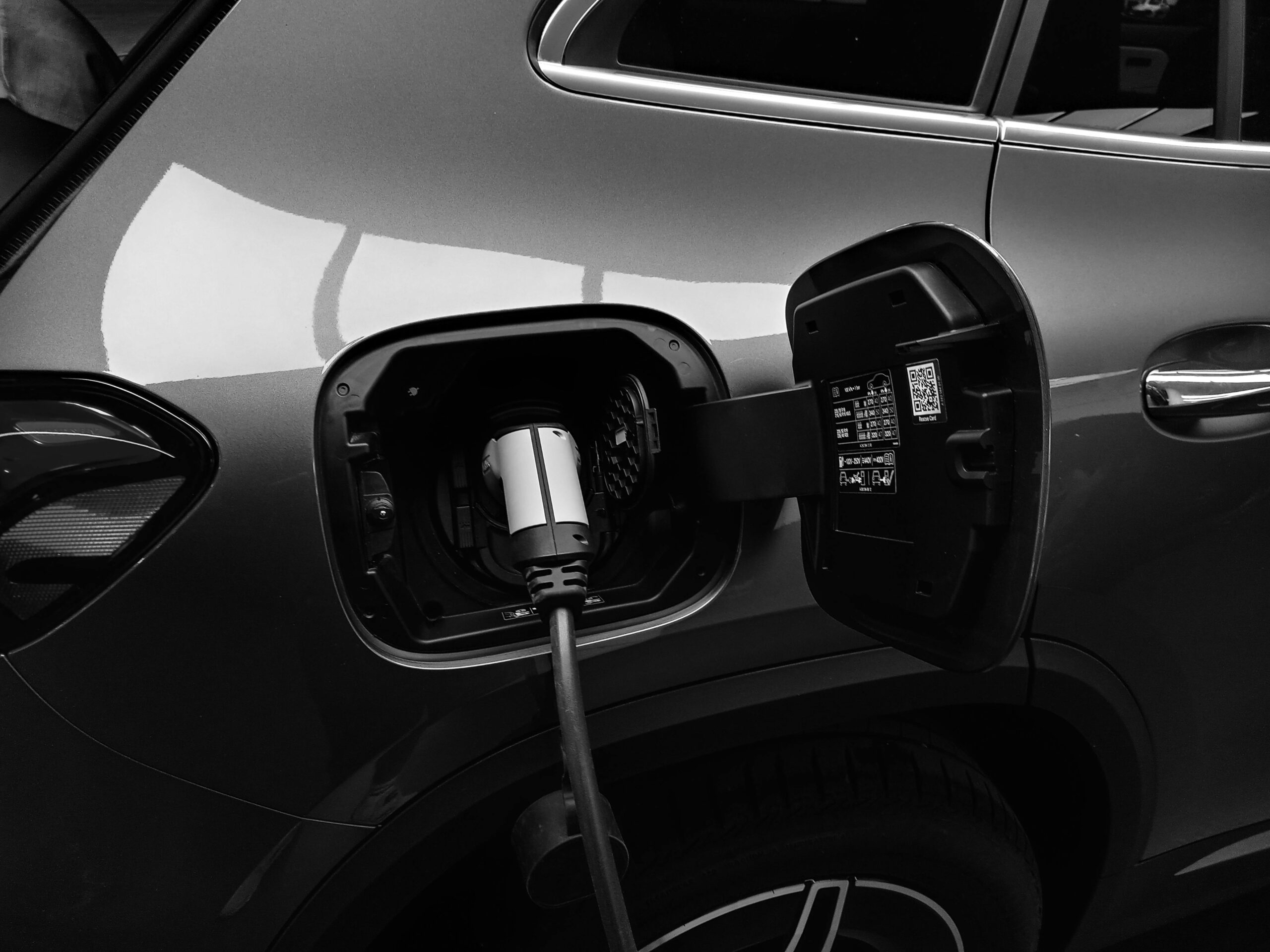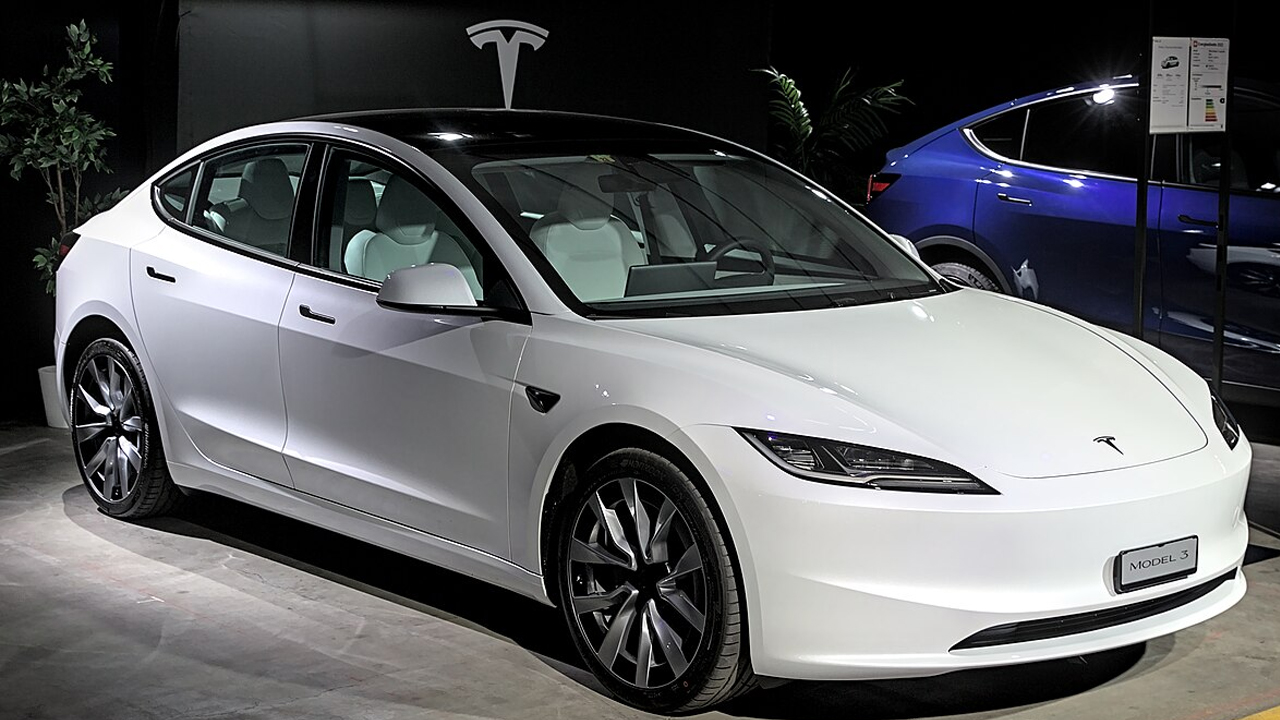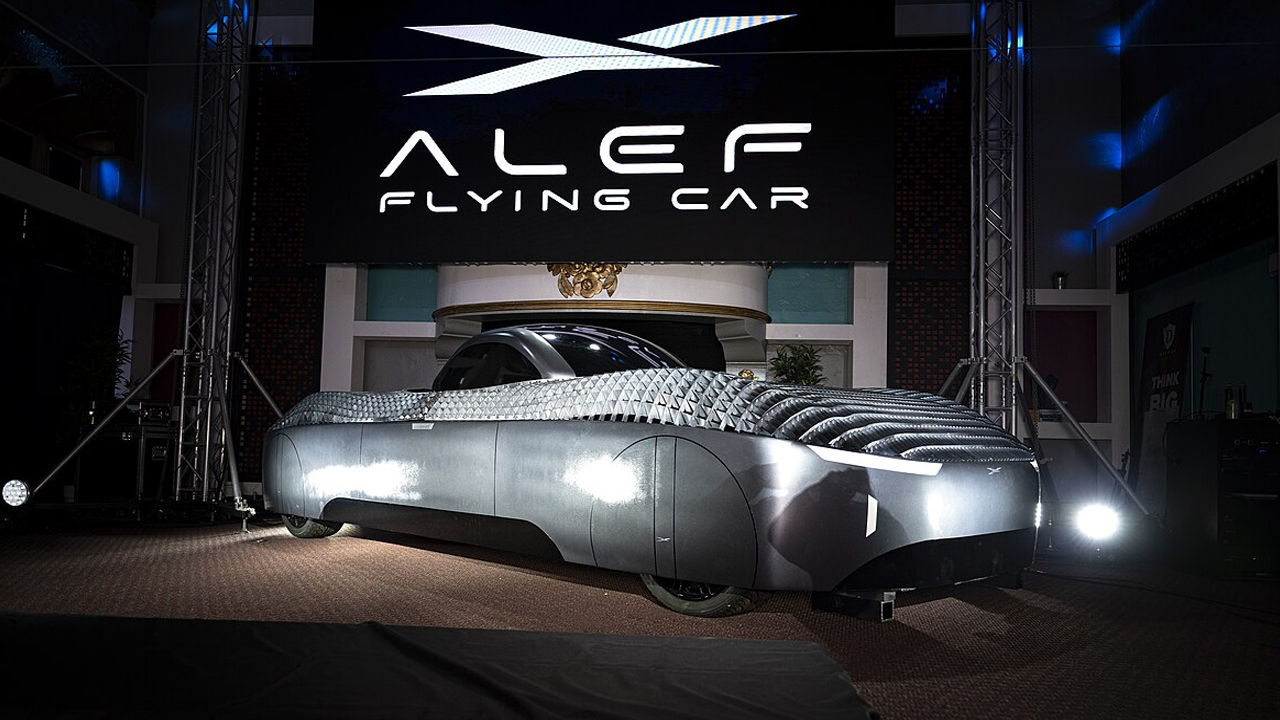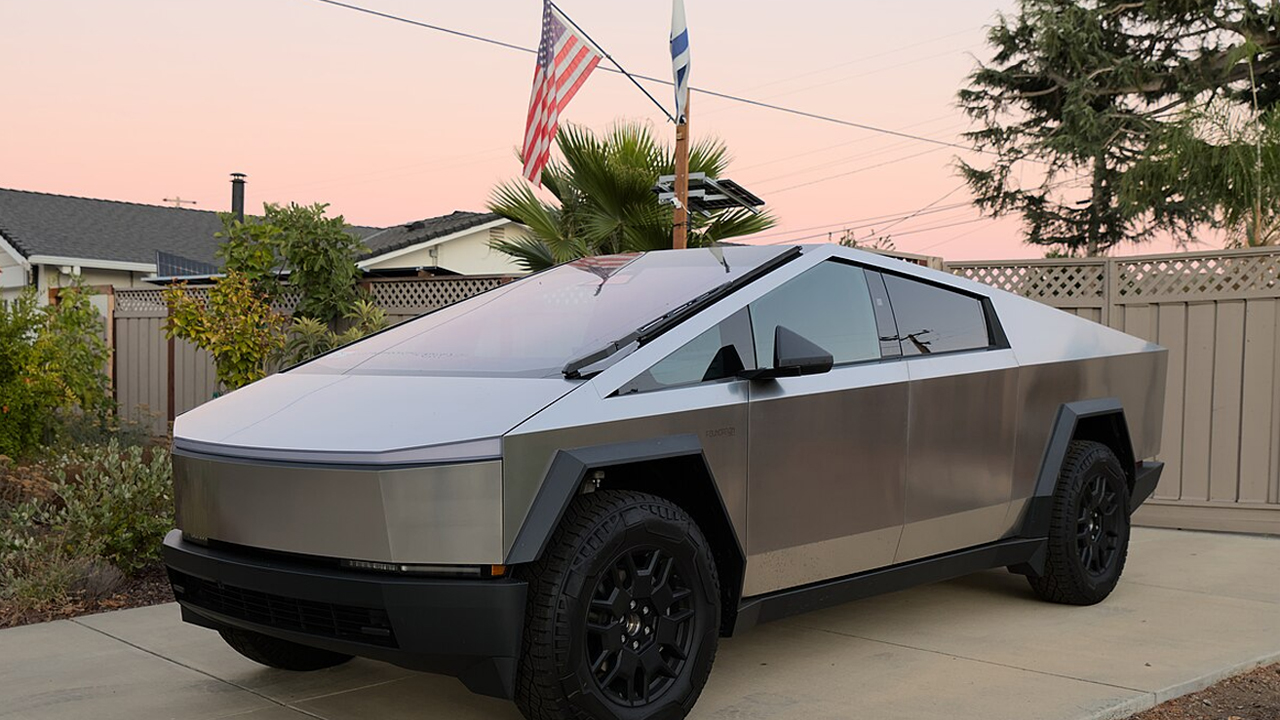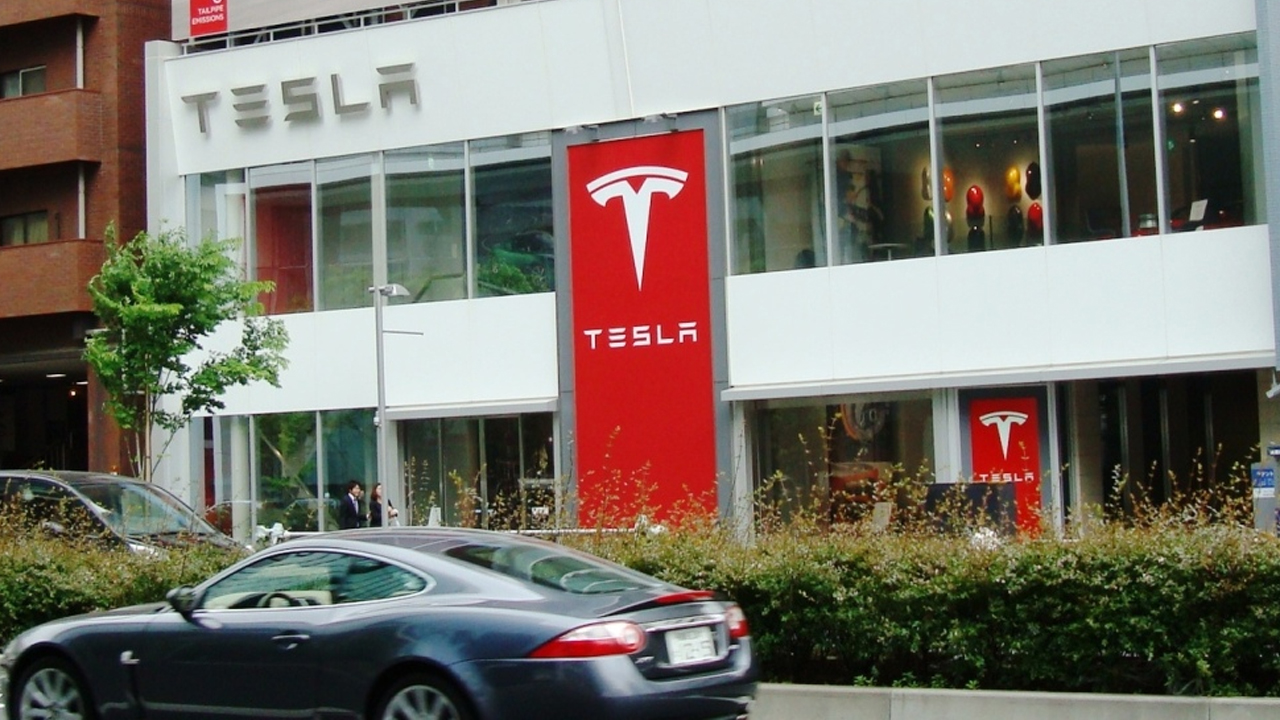A Tesla Model 3 passing half-a-million miles is impressive enough. But what really stands out is how little it took to get there. No engine rebuilds, no major breakdowns—just basic upkeep and consistent driving.
For most gas cars, this kind of mileage usually comes with a long list of repairs. This Model 3 mostly needed tires, some suspension work, and routine stuff. That’s not just lucky—it shows how durable the car actually is.
The Battery Did Its Job

Tesla built the Model 3’s battery to last somewhere between 300,000 and 500,000 miles. This car made it to the high end of that range without needing a full replacement. (Source: InsideEVs)
The battery didn’t stay perfect, but it held up. It lost some range, sure, but not enough to be a real problem. It helps that the system manages heat well and that the owner avoided fast-charging every day.
Electric Cars Need Less Work
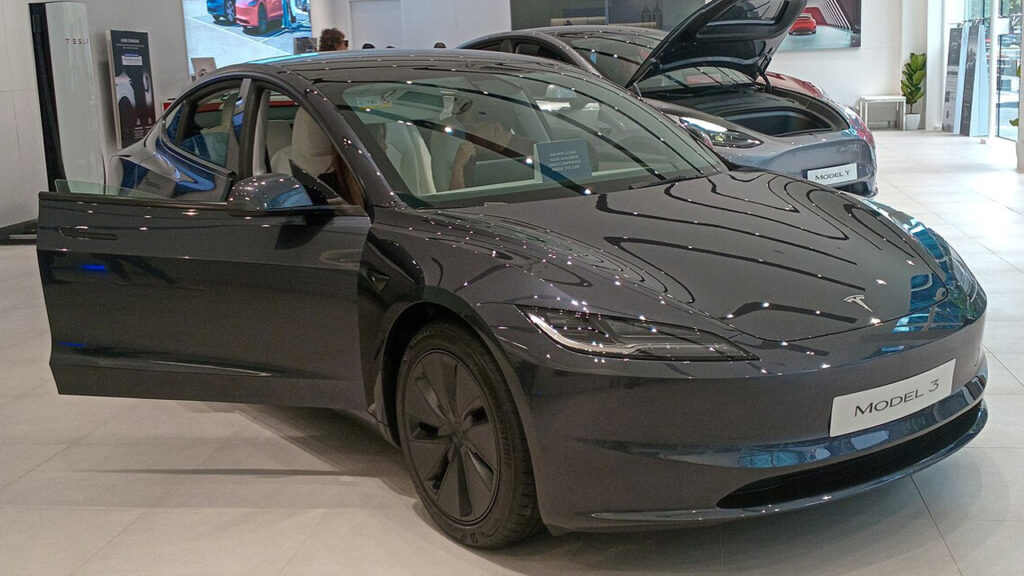
One reason this Tesla held up so well? It doesn’t have as much to break. No oil changes, no transmission fluid, no exhaust system. There are just fewer moving parts to wear out over time. (Source: Tesla Support)
That doesn’t mean nothing ever needs fixing, but the difference is clear. Most of the work done was normal wear items—tires, brake pads, filters. For a car driven this much, the list is short.
The Long-Term Costs Make Sense
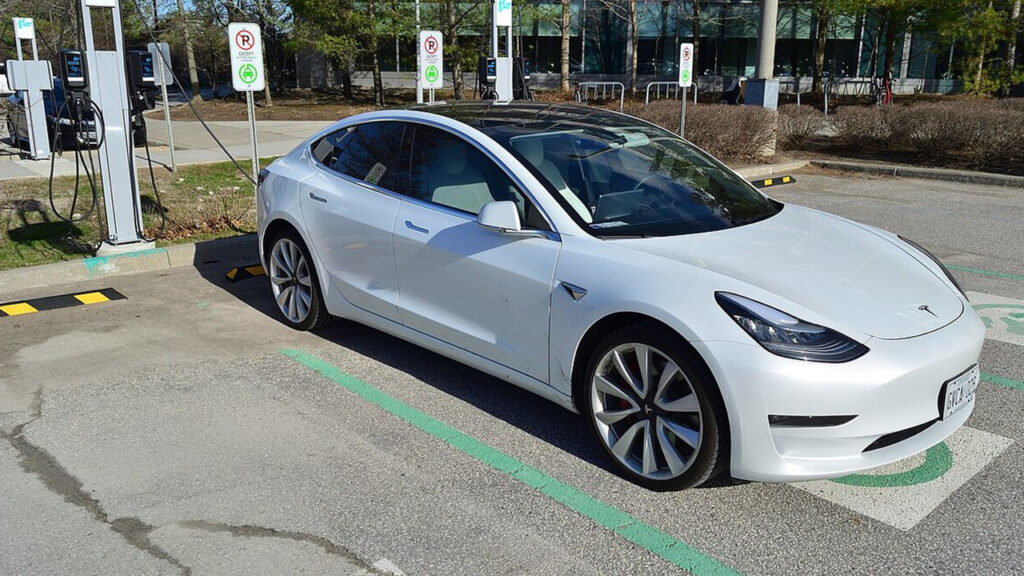
Driving over 500,000 miles gets expensive with a regular car. Fuel alone adds up fast. But with this Model 3, electricity was cheaper, and repairs were rare. That keeps long-term ownership a lot more manageable. (Source: Kelley Blue Book)
Even with a few repairs here and there, the overall cost stayed low compared to a gas vehicle. And the fact that it still runs well after all those miles? That matters if you’re trying to get the most out of what you paid for.
